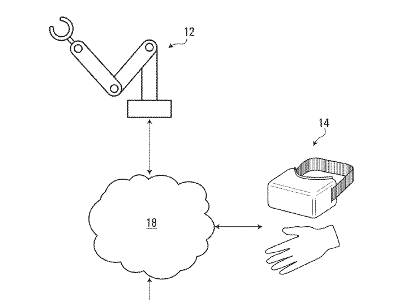Google validates D-Wave quantum computer in significant benchmark test

 Google’s Quantum AI team and NASA have announced some early encouraging results of their latest test involving the physics behind “quantum annealing”, or the process that drives the D-Wave 2X quantum annealer, the computer used in the test, made by D-Wave Systems of Burnaby, B.C.
Google’s Quantum AI team and NASA have announced some early encouraging results of their latest test involving the physics behind “quantum annealing”, or the process that drives the D-Wave 2X quantum annealer, the computer used in the test, made by D-Wave Systems of Burnaby, B.C.
Without the benefit of an advanced Physics degree, we’ll have to take Google’s word for the fact that D-Wave’s computer solved problems “designed to demonstrate that quantum annealing can offer runtime advantages for hard optimization problems characterized by rugged energy landscapes” to the tune of “108 times faster than simulated annealing running on a single core”, or the next fastest supercomputer Google had been using as a competing benchmark.
Ten to the power of eight. That’s 100 million times faster than an otherwise extremely fast computer running on conventional processors.
To say that the difference between a garden variety computer and a quantum computer is that of an old jalopy automobile and a supersonic jet doesn’t really cut it.
Instead of using a mere jet to travel, you would simply be at your destination during the same moment as your departure.
Back in 2013, when Google and NASA purchased D-Wave’s 512 qubit D-Wave Two model for $15 million, they wrote, “We actually think quantum machine learning may provide the most creative problem-solving process under the known laws of physics.”
Two years later, they appear to have resolved any doubt about that claim, throwing a single note of caution on an otherwise triumphant announcement. “While these results are intriguing and very encouraging, there is more work ahead to turn quantum enhanced optimization into a practical technology.”
Anyone who believes themselves capable of reading and understanding the research are free to check it out on Cornell University’s arXiv.org site.
D-Wave’s group of investors includes Bezos Expeditions, BDC Capital, DFJ, Goldman Sachs, Growthworks, Harris & Harris Group, In-Q-Tel, International Investment and Underwriting, and Kensington Partners Limited.
The ramifications of Google and NASA’s announcement are simply huge, either ushering in the era of Raymond Kurzweil’s famous “singularity”, the moment at which computers acquire consciousness and self-awareness, or providing humans with a very powerful tool to solve some of our most intractable problems.
While D-Wave’s computer will not be available any time soon for you to play video games on, the kind of problems it can solve more or less instantaneously are the type of thing a conventional computer might take years to figure out.
Some of the more scary scenarios involving the “singularity” signal something along the lines of, “Hey, everyone, it was great being people, wasn’t it? Well, anyway, goodbye and let’s try to keep in touch, despite our new robot overlords.”
One big worry about the arrival of quantum computing involves the idea that cryptography will become effectively useless.
In the “wrong hands”, which in these post-Snowden days could be either side of the law, your public key cryptography is basically toast.
Just this past August, Internet security pioneer Bruce Schneier was speculating that despite the efforts of Google, IBM and the NSA, “My guess has been that we’ll see a practical quantum computer within 30 to 40 years, but not much sooner than that.”
More prosaically, Schneier wondered about the implications of a new quantum computing age on Internet security.
“Practical quantum computation doesn’t mean the end of cryptography,” he said. “There are lesser-known public-key algorithms such as McEliece and lattice-based algorithms that, while less efficient than the ones we use, are currently secure against a quantum computer. And quantum computation only speeds up a brute-force keysearch by a factor of a square root, so any symmetric algorithm can be made secure against a quantum computer by doubling the key length.”
Time will tell how soon, or if ever, quantum computing will have that kind of effect on our day-to-day lives.
At the StableView Asset Management TECH15 conference in Toronto in October, D-Wave president and CEO Bo Ewald asked a room full of Bay Street investors, “If you knew back in the 1950s that there was a company called International Business Machines manufacturing vacuum tubes and computer processors, would you have invested in them?”
During the Q&A session afterward, asked by an audience member about the difference between D-Wave’s computer and IBM’s current effort at quantum computing, Ewald responded, “Without wanting to be a smart alec about it, ours works.”
Those are fighting words, considering that the U.S. government’s Intelligence Advanced Research Projects Activity (IARPA), basically the IT version of an American spy agency, has just placed its bet on IBM’s attempt at a quantum computer, offering it a five-year research grant.
Think of it as Beta versus VHS for quantum computers.
And Google appears to have handed the first round of this particular battle to D-Wave.

Terry Dawes
Writer


